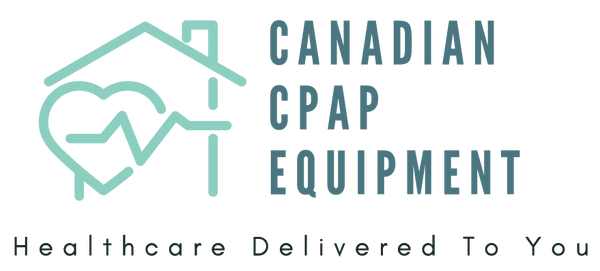The field of sleep medicine is dynamic, constantly evolving with new research, technological advancements, and a deeper understanding of sleep-disordered breathing. For individuals with sleep apnea, this means a future with potentially more personalized, convenient, and effective diagnostic tools and treatment options. From artificial intelligence to novel therapies, here’s a glimpse into what the future holds for sleep apnea diagnosis and treatment.
Advancements in Diagnosis: Smarter, More Accessible Testing
-
Enhanced At-Home Testing: While current at-home sleep apnea tests (HSATs) like the WatchPAT ONE are highly accurate for OSA, future devices will likely become even more sophisticated. Expect smaller, more comfortable wearables that can monitor a wider array of physiological signals, potentially offering insights into sleep stages and other sleep disorders with near-in-lab accuracy.
-
Artificial Intelligence (AI) and Machine Learning: AI is poised to revolutionize sleep diagnostics. Machine learning algorithms can analyze vast amounts of sleep data from wearables and HSATs to identify patterns, predict risk, and even assist in diagnosis with greater speed and precision. AI could also help in personalizing treatment recommendations based on individual patient profiles.
- Biometric Integration: Seamless integration of sleep data with other health metrics from smartwatches, fitness trackers, and other biometric devices could provide a more holistic view of an individual’s health, allowing for earlier detection of sleep apnea risks.
Innovations in Treatment: Beyond Traditional CPAP
While CPAP therapy remains the gold standard, research is actively exploring alternatives and enhancements to improve patient adherence and outcomes.
-
Smarter CPAP Machines: Future CPAP devices will likely incorporate more advanced algorithms for pressure delivery, adapting in real-time to subtle changes in breathing patterns. Enhanced connectivity, remote monitoring capabilities, and user-friendly interfaces will make therapy even more manageable.
-
Personalized Oral Appliances: Advances in 3D printing and material science could lead to even more customized and comfortable oral appliances, offering a highly tailored solution for individuals with mild to moderate OSA.
-
Neuromodulation and Targeted Therapies: Hypoglossal nerve stimulation (e.g., Inspire) is already a reality, and research is ongoing into other forms of neuromodulation that could stimulate various muscles or nerves to maintain airway patency during sleep. These targeted therapies offer hope for those who cannot tolerate CPAP.
-
Drug Therapies: While no single drug cures sleep apnea, ongoing research is exploring pharmacological interventions. These include medications aimed at stimulating upper airway muscles, reducing fluid retention, or improving respiratory drive. Combination therapies, integrating drugs with devices, may also become more common.
-
Advanced Surgical Techniques: Surgical approaches will continue to evolve, becoming less invasive and more precise, targeting specific anatomical obstructions with greater success rates.
- Integrated Care Models: The future will likely see more integrated care models, where sleep specialists, primary care physicians, dentists, and other healthcare providers collaborate seamlessly, leveraging technology for remote monitoring and shared patient management.
The Promise of Precision Medicine
Ultimately, the future of sleep apnea diagnosis and treatment is moving towards precision medicine. This means moving away from a one-size-fits-all approach to highly individualized care, where diagnostic tools and treatment plans are tailored to each patient’s unique physiology, genetics, and lifestyle. This will lead to more effective treatments, better adherence, and significantly improved long-term health outcomes.
Conclusion
The landscape of sleep apnea care is on the cusp of exciting transformations. These advancements promise to make diagnosis more accessible, treatment more comfortable and effective, and ultimately, to empower individuals with sleep apnea to achieve healthier, more restorative sleep. Staying informed about these developments will be key to leveraging the best available care.
Next Steps: As we near the end of our 30-day content journey, we reflect on the importance of community. In our next post, we’ll discuss how partners and family members can support someone with sleep apnea.

